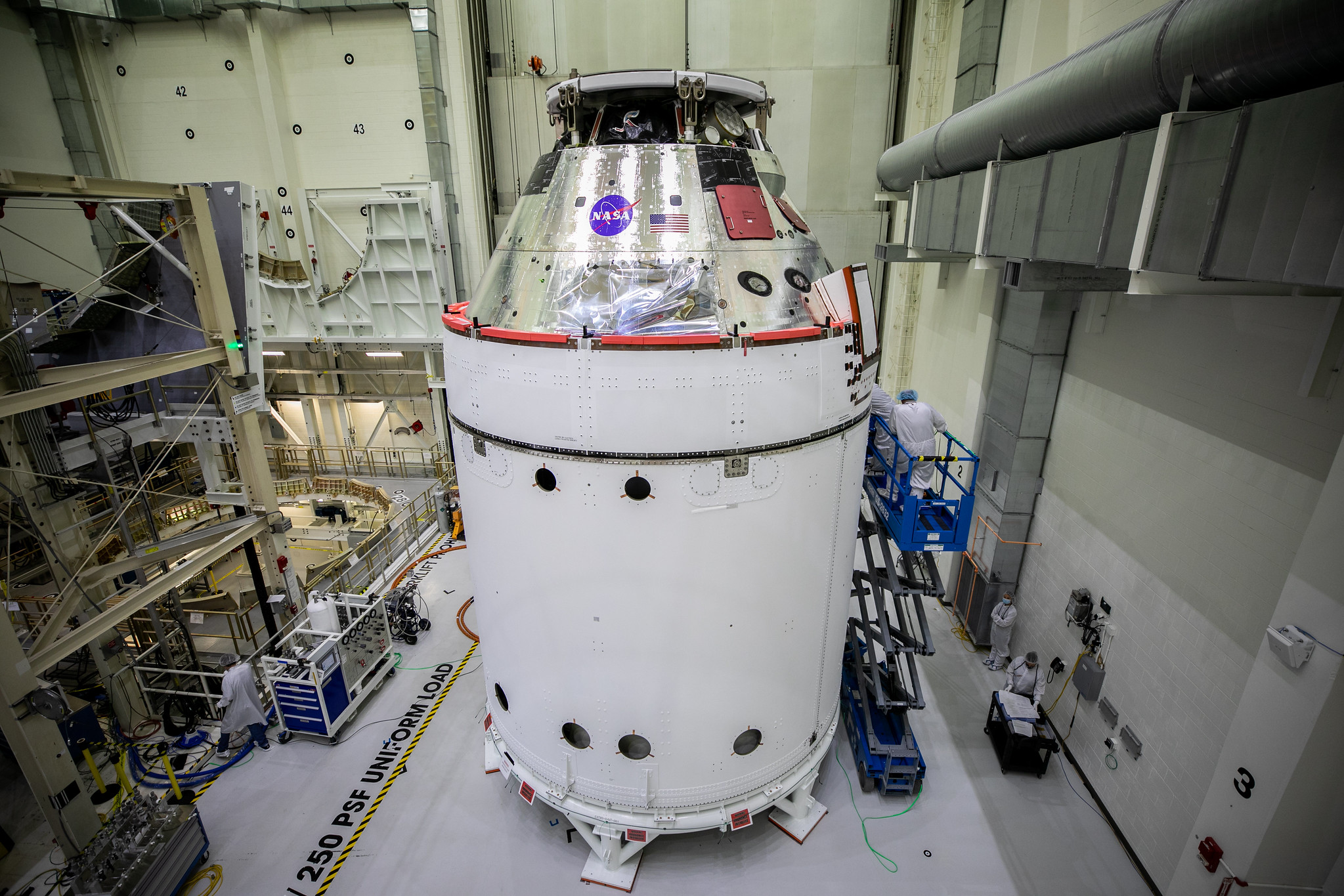New orbit for nuclear know-how

When a spacecraft embarks on a 30-year mission to the outer galaxy, how can we assess whether it is capable of surviving the harsh conditions it will encounter?
One possible answer is by tapping into the accumulated materials science knowledge of the nuclear industry. After all, some components in nuclear power plants might as well be in outer space – radioactivity inside a reactor pressure vessel makes them completely inaccessible to humans.
So, for decades scientists have been carrying out tests to track and predict the performance of the materials those components are made of.
The nuclear industry invests heavily in understanding the structural integrity, reliability and longevity of those components – now and decades into the future – because this information is a vital input in any decisions about plant life extension, dealing with emergent issues, and next generation design choices.
The evidence to support these decisions can come from available literature, test evidence and/or modelling, but it is often impossible for accumulated evidence to provide a reliable projection far enough into the future.
Jacobs’ Materials Science and Structural Integrity (MSSI) laboratories in Warrington have been addressing these needs for naval and civil nuclear power plant, the aerospace industry and other sectors since the 1960s.
One of the keys to MSSI’s approach is known as mechanistic understanding – a process which enables us to take the empirical evidence from laboratory tests and observations and extrapolate the results many years into the future.
Kevin Mottershead, Jacobs Managing Consultant, explains: “Laboratory exposures are necessarily limited to practical timescales which, although significant, can never equate to the many years that a component will be exposed to the conditions inside a reactor core.
“Mechanistic understanding is vital for extrapolating behaviour over longer timescales because it is based on an understanding of the actual processes which cause degradation in the material.
“For example, Zircaloy fuel cladding, which is widely used in nuclear reactors, is affected by corrosion under conditions inside light water reactors. This corrosion is known to develop non-linearly, with high and low rates of progress interspersed. The transitions between these rates of progress have been observed in laboratories but mechanistic understanding has helped us to pinpoint why these transitions occur and how to manage them.“
Mechanistic understanding also proved crucial when Jacobs was called on to assist a client when a nuclear power plant was shut down because of an emergent issue with its pressurized water reactor.
“Our judgement about material degradation mechanisms meant that we were able to justify the safety case for continued operations. We were able to remove any uncertainty by setting up test programmes to generate data supporting continued longer-term operation. They showed that there was a high certainty that the degradation mechanism hypothesized as possible on plant was very unlikely to happen in practice.”
Jacobs is leading the INCEFA-SCALE research programme, funded by the European Commission, where mechanistic understanding is being used to advance our knowledge of environmentally assisted fatigue. This will be key to removing many uncertainties which can currently lead to closure for a nuclear power reactor even though it is still safe to operate and economically viable.
This programme has already been widely applauded internationally as an important development to allow better extrapolation of laboratory data to real plant situations.
Kevin adds: “The mechanistic understanding approach has proved its value in the nuclear industry and we believe it has significantly wider applicability. We are already looking at how it can be used on materials performance in probes, satellites and other structures designed for long periods in outer space.”
Kevin Mottershead
Jacobs
kevin.mottershead@jacobs.com
